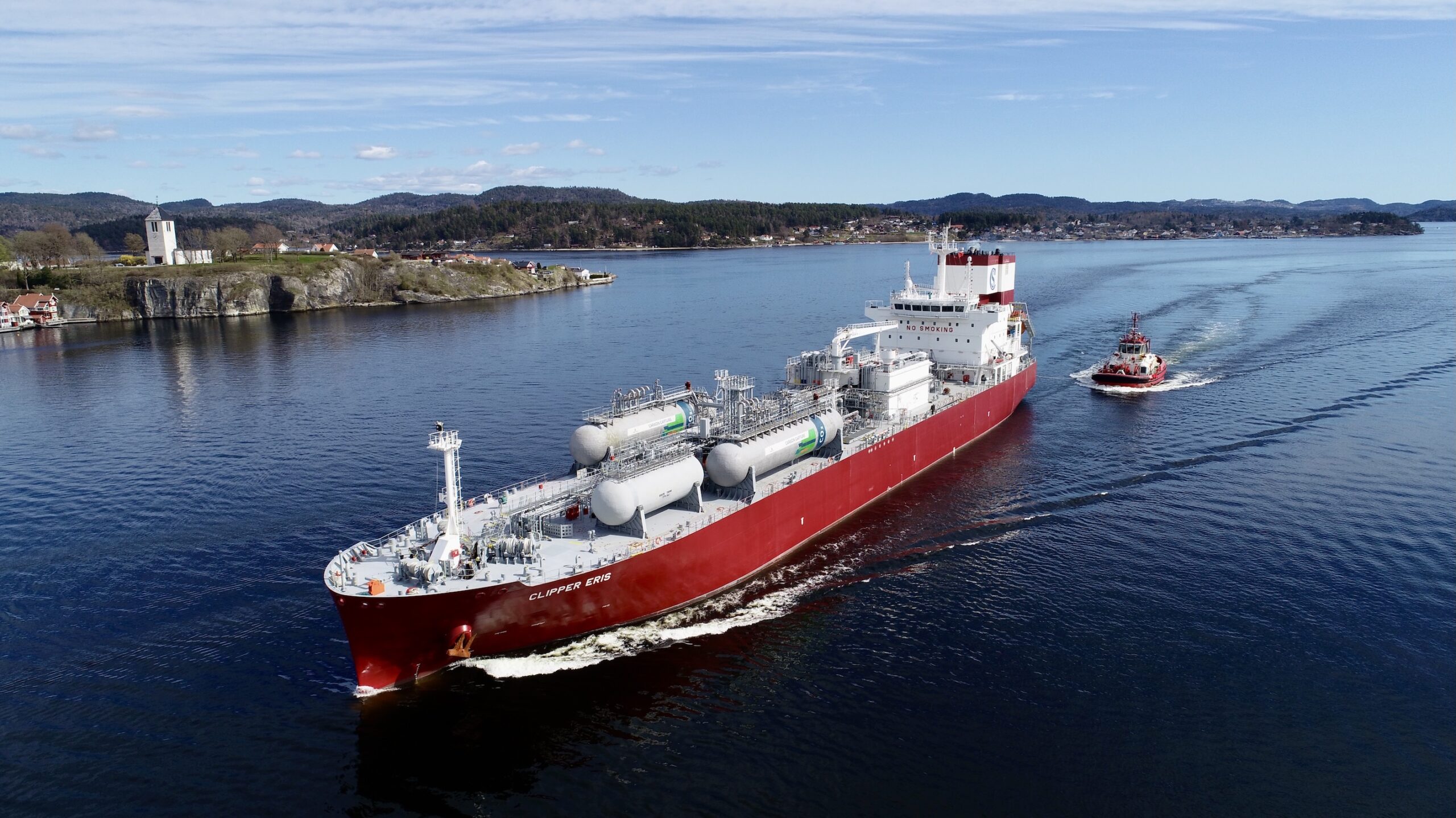It occurs naturally throughout the environment in the air, soil and water and in plants and animals, including humans. The human body makes ammonia when the body breaks down foods containing protein into amino acids and ammonia, then converting the ammonia into urea.
Ammonia in fertilizer
Ammonia is a basic building block for ammonium nitrate fertilizer, which releases nitrogen, an essential nutrient for growing plants, including farm crops and lawns. About 90 percent of ammonia produced worldwide is used in fertilizer, to help sustain food production for billions of people around the world. The production of food crops naturally depletes soil nutrient supplies. In order to maintain healthy crops, farmers rely on fertilizer to keep their soils productive. Fertilizers also can also help increase levels of essential nutrients like zinc, selenium and boron in food crops.
Ammonia in Household Cleaning Products
Ammonium hydroxide – commonly known as household ammonia – is an ingredient in many household cleaning products used to clean a variety of surfaces including tubs, sinks, toilets, countertops and tiles. Ammonia also is effective at breaking down household grime or stains from animal fats or vegetable oils, such as cooking grease and wine stains. Because ammonia evaporates quickly, it is commonly used in glass cleaning solutions to help avoid streaking.
Ammonia in Industrial/Manufacturing Uses
When used as a refrigerant gas and in air-conditioning equipment, ammonia can absorb substantial amounts of heat from its surroundings.
Ammonia can be used to purify water supplies and as a building block in the manufacture of many products including plastics, explosives, fabrics, pesticides and dyes.
Ammonia also is used in the waste and wastewater treatment, cold storage, rubber, pulp and paper and food and beverage industries as a stabilizer, neutralizer and a source of nitrogen. It also is used in the manufacture of pharmaceuticals




